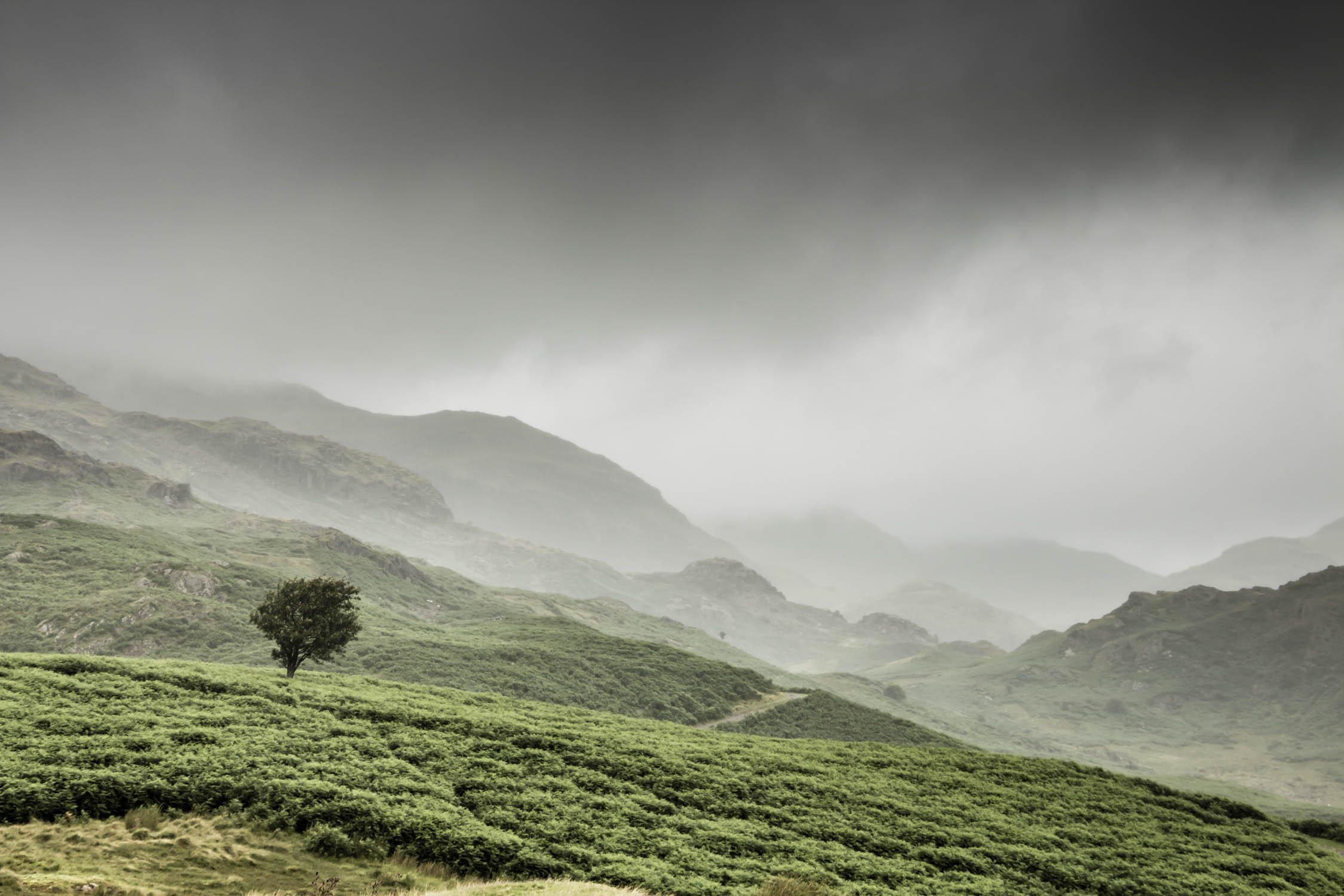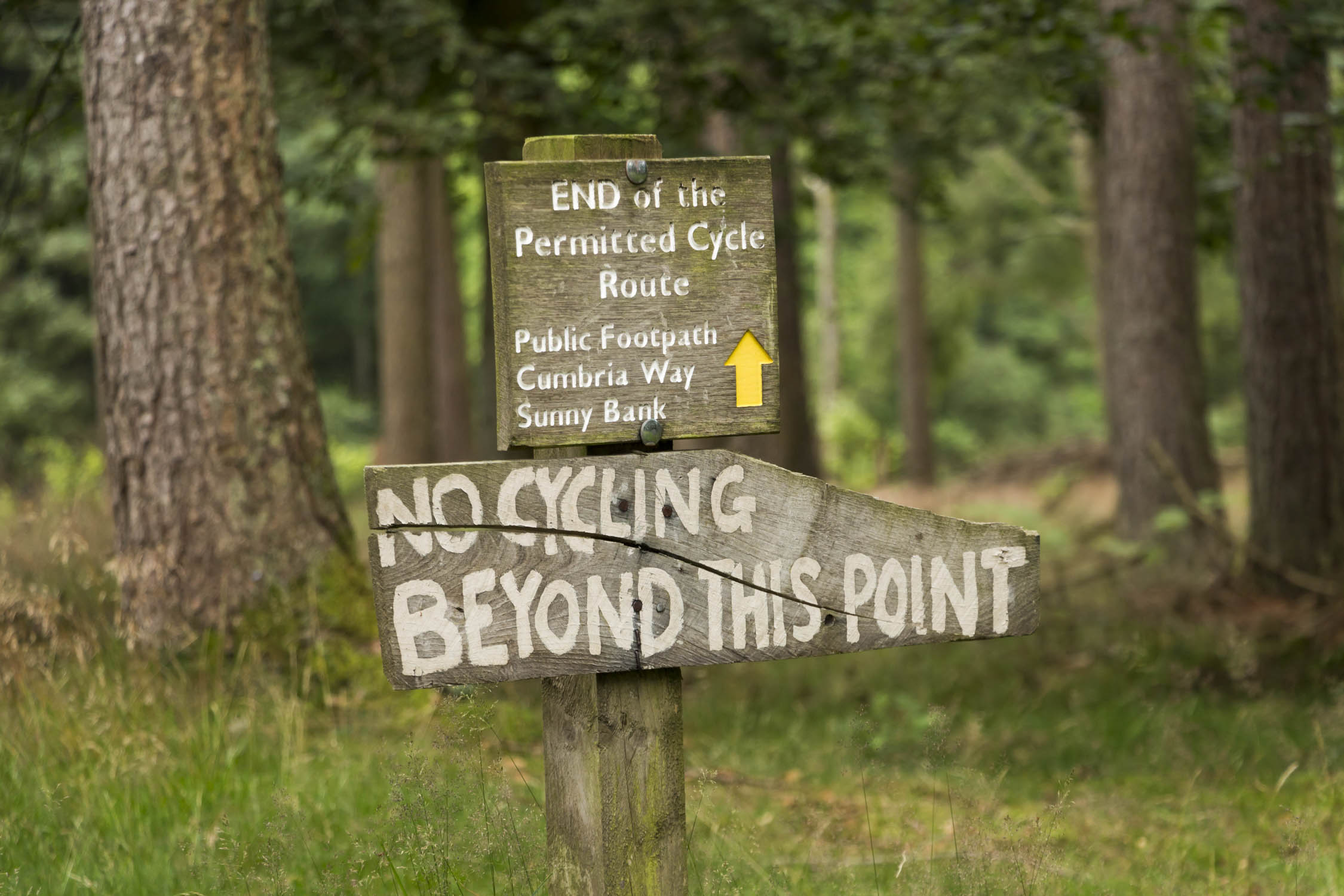The camera gear of 2016
Here I reveal all the camera gear in my bag in 2016. We look at the bags, camera bodies, camera lenses and the accessories that can make or break a shot.
The requests have been flooding in for me to make this video and I have finally buckled under the pressure. Here I bear my soul and reveal much of what currently makes it into my camera bag. Sadly my Canon 70-200 is out on loan and the DJI Mavic Pro drone is yet to be purchased.
Is camera gear everything?
Whilst the camera gear is not the key to good photography we cannot help to love it a little bit. Despite that we can not all afford to buy good camera gear. If you fall into this camp, I am planning to create a video around shooting with budget gear very soon.
I have posted links below to check out all of the camera gear below. Follow the link to see all the individual review.
Review Videos - https://www.firstmanphotography.com/category/reviews
Subscribe to the YouTube channel.
Camera Gear Links
- Canon 5D Mark IV - UK - https://www.firstmanphotography.com/get/canon-5d-mark-iv-uk
- Canon 5D Mark IV - US - http://amzn.to/2ci53sp
- Canon 700D - UK - http://amzn.to/2dP8Jki
- Canon 700D - US - http://amzn.to/2aJjbYJ
- Manfrotto BeFree Tripod - US - http://amzn.to/1UqF5n7
- Manfrotto BeFree Tripod - UK - http://amzn.to/2e27XlM
- GorillaPod - US - http://amzn.to/1RUCiRK
- GorillaPod - UK - http://amzn.to/2e278tl
- Rode VideoMic Pro - US - http://amzn.to/28NErv5
- Rode VideoMic Pro - UK - http://amzn.to/2eGYdRg
- Canon 17-40mm - US - http://amzn.to/2etreL8
- Canon 17-40mm - UK - http://amzn.to/2dP6VI5
- Canon 70-200 2.8 mark ii - US - http://amzn.to/2dXzxBs
- Canon 70-200 2.8 mark ii - UK - http://amzn.to/2fgyfU7
- Tamron 24-70mm - US - http://amzn.to/2dP3T6J
- Tamron 24-70mm - UK - http://amzn.to/2eH2DHz
- Canon 10-18mm - US - http://amzn.to/2b7Xbrj
- Canon 10-18mm - UK - http://amzn.to/2e8SmV5
- Sigma 35mm ART (Canon) - US - http://amzn.to/2dXwedm
- Sigma 35mm ART (Canon) - UK - http://amzn.to/2fgAfM2
- Canon 85mm 1.8 - US - http://amzn.to/2eSfuSx
- Canon 85mm 1.8 - UK - http://amzn.to/2fgBHhe
- Manfrotto 055 Aluminium - US - http://amzn.to/2eSj5Qm
- Manfrotto 055 Aluminium - UK - http://amzn.to/2eMNnWA
- Lowepro Fastpack 250 - US - http://amzn.to/2dXv69Q
- Lowepro Fastpack 250 - UK - http://amzn.to/2ebGlsV
- Flash - Canon 430ex Mark III - US - http://amzn.to/2dXyMIE
- Flash - Canon 430ex Mark III - UK - http://amzn.to/2eMPtpq









